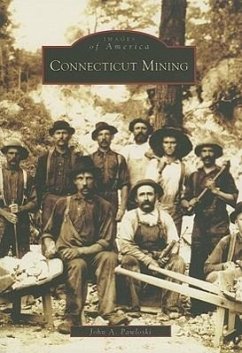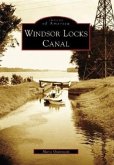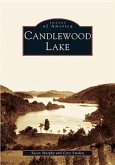The search for mineral wealth in Connecticut has spanned more than 10,000 years of human history. It began with the migration of Native Americans into the Northeast soon after the last Ice Age glaciers melted away. The natives used materials for many of their tools, cooking vessels, and amulets. European colonists settled in what is now Connecticut in the early 1600s and immediately began searching for deposits of gold, silver, and precious gems. They soon learned that true wealth was not found in precious metals and stones but in the materials necessary to maintain life in their new world, such as iron, copper, and lead. The arrival of John Winthrop Jr. in the Connecticut colony in 1635 led to the discovery of many metal and stone deposits. This opened the door for the future United States to become an industrial giant.
Hinweis: Dieser Artikel kann nur an eine deutsche Lieferadresse ausgeliefert werden.
Hinweis: Dieser Artikel kann nur an eine deutsche Lieferadresse ausgeliefert werden.








